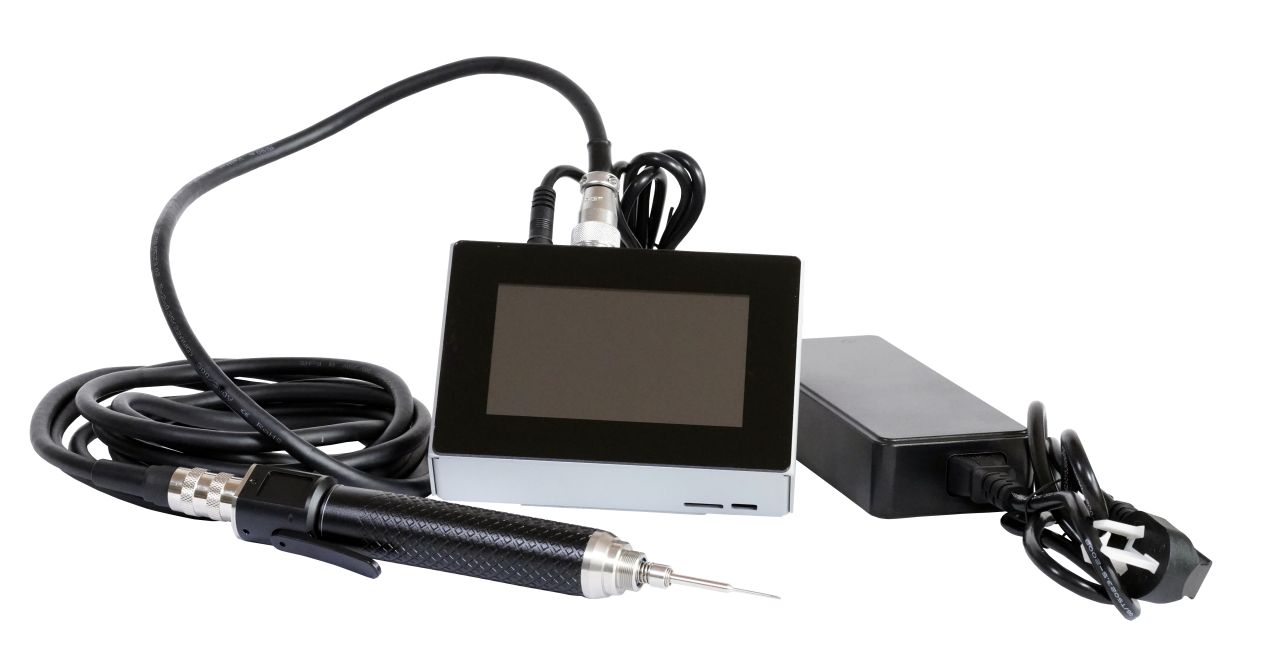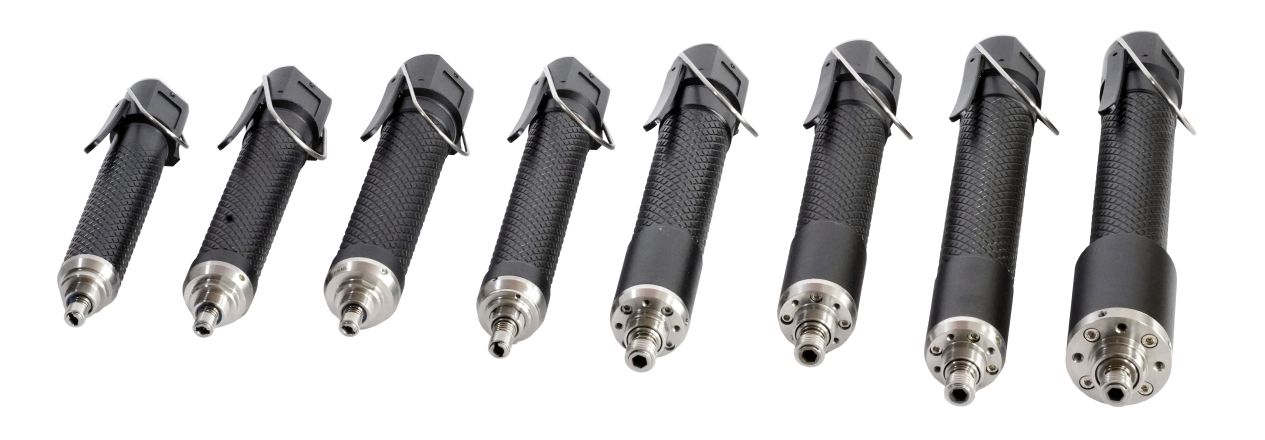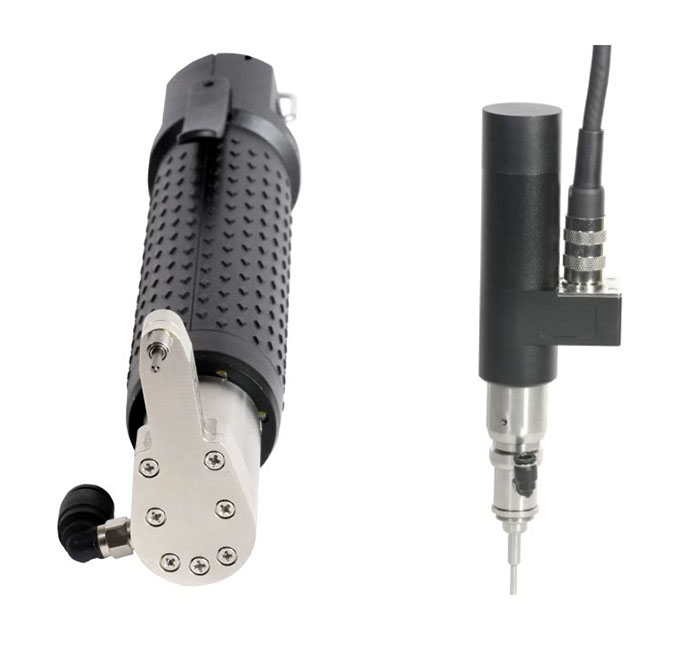- English
- 简体中文
- Afrikaans
- שפה עברית
- icelandic
- Hrvatski
- Монгол хэл
- Lëtzebuergesch
- Español
- Português
- русский
- Français
- 日本語
- Deutsch
- tiếng Việt
- Italiano
- Nederlands
- ภาษาไทย
- Polski
- 한국어
- Svenska
- magyar
- Malay
- Dansk
- Suomi
- Türkçe
- العربية
- Indonesia
- Norsk
- český
- ελληνικά
- فارسی
- български
- Latine
- Slovenský jazyk
- Slovenski
- Srpski језик
- বাংলা ভাষার
- हिन्दी
- Pilipino
- Gaeilge
- تمل
- український
- Javanese
- தமிழ்
- नेपाली
- Burmese
- ລາວ
- Қазақша
- Azərbaycan
Feasibility Analysis Report on the Improvement of Screwdrivers
2023-11-20
Currently, the market is dominated by three major categories of screwdrivers:
☑ Electric screwdrivers
☑ Manual screwdrivers without a power source
☑ Pneumatic screwdrivers
Electric Screwdrivers:
An electric screwdriver, commonly called an electric batch, works with an electric power source that is indispensable to its operation. The power source supplies energy and the relevant control functions to the screwdriver, driving the motor to rotate. As electric screwdriver motors differ in specifications, the speed may vary even with the power source delivering the same output power.
Types of Electric Screwdrivers:
Electric screwdrivers are classified into three categories: Straight, Pistol grip, and Fixture type.
Advantages of Electric Screwdrivers:
1. Brushless motor, no high temperature or carbon dust during use, offering superior performance, especially suitable for long-term continuous use
2. Internal gear components are made of high-quality alloy steel, more durable and stable
3. Ergonomic streamline handle design for more comfortable use
4. The latest power supply design, breaking through traditional limitations of large size and high power consumption, making it more convenient and adaptable to a 100V-250V working environment
5. Signal-activated switch for a longer service life
6. User-friendly forward/reverse switch design
7. Special flexible power cord, less likely to break, significantly better by comparison
8. Accurate torque values, maintains precision over long-term use
9. Noise-free, low interference, and no disturbance
Safety Protections for Electric Screwdrivers:
Class I tool protection includes a grounding device within the tool and predominantly, or entirely, basic insulation in its construction. If insulation fails, any reachable metal parts connected to the grounding device prevent electric shock through grounding or protective zeroing in fixed circuits (see grounding).
Class II tool protection is characterized by double insulation or reinforced insulation, composed of basic and supplementary insulation. Should the basic insulation fail, the supplementary insulation prevents the operator from electric shock. Class II tools must not be reconnected to a power source and are not permitted to be grounded.
Class III tool protection is powered by safe voltages, where the effective value of the open-circuit voltage between conductors or between any conductor and the ground does not exceed 50V; for three-phase power, the voltage between conductors and the neutral line does not exceed 29V. Safety voltages are typically supplied by a safety isolation transformer or by a converter with an independent winding. Class III tools do not allow for grounding devices.
Radio-Interference Suppression:
Commutator-type single-phase series motors and DC motors can severely interfere with television and radio reception, so electric screwdriver designs must consider the suppression of radio interference. This is commonly achieved with shieldings, symmetrical connections of the exciting windings, electrical filters, delta-connected filters, etc. If needed, small inductance coils can also be connected in series with the motor armature.
The current mainstream products include:



Pneumatic screwdrivers operate using compressed air as the power source. Some are equipped with devices to adjust and limit torque, known as fully automatic adjustable torque models, often abbreviated as (full-automatic pneumatic screwdrivers). Others lack such adjustment devices and control speed or torque by manually adjusting the intake of air with a switch or knob, known as semi-automatic non-adjustable torque models, and abbreviated as (semi-automatic pneumatic screwdrivers). They are primarily used for various assembly operations and are comprised of pneumatic motors, hammer mechanisms, or deceleration devices. Due to their high speed, efficiency, and low heat generation, they have become an indispensable tool in the assembly industry. There are semi-automatic hammer types and full-automatic torque control types. The operation activation modes include push-down and push-button types, respectively.
Classification of pneumatic screwdrivers includes:
1. Semi-automatic hammer type pneumatic screwdrivers;
2. 2. Full-automatic pneumatic screwdrivers;
3. 3. Push-button pneumatic screwdrivers;
4. 4. Push-down pneumatic screwdrivers;
Their characteristics are as follows:
Semi-automatic hammer type pneumatic screwdrivers usually have a simple structure, are durable, but do not have torque control. They are typically used in situations where large screws are involved, and the locking torque requirement is not strict, such as in motorcycles, cars, ships, steel structures, etc. Screwdrivers that do not automatically brake after reaching the set torque are referred to as semi-automatic hammer type pneumatic screwdrivers. They are usually designed as push-button with an internal hammer mechanism for screw locking.
Full-automatic pneumatic screwdrivers are more complex, composed of motors, clutches, gear reduction, and gas-off braking mechanisms. They are generally used for small screws where strict torque requirements are needed, such as in electronics, electrical appliances, and household appliances. Pneumatic screwdrivers that completely automatically brake and stop after reaching the set torque are called full-automatic pneumatic screwdrivers.
Operation activation modes do not require pressing the start lever with a finger, or pressing down a button. They start directly by pressing down onto the workpiece. Operation activation modes require pressing the start lever with a finger, or pressing a button.
Pneumatic screwdriver casings are often made of metal materials; they may feel slightly less ergonomic than electric screwdrivers, but metal casings have better anti-static properties.
Features of pneumatic screwdrivers:
Fast working speed, high safety, anti-static, low failure rate, long lifespan, energy-saving, and environmentally friendly;
The rotational speed is generally within 500-8000 RPM. Since the motor is driven by high-pressure gas, the high-pressure air carries away the heat generated by the friction of the components, therefore, the tool does not overheat even with long-duration and high-frequency operation.
Torque precision: Mechanical braking is used, and variations in air pressure can affect the stability of the screwdriver’s torque, resulting in greater errors with a repeatability accuracy of about 5%-3%. (If equipped with an air regulator, performance can be improved.)
Energy consumption: Using compressed air as the power source, with a reasonable setup of the air pipeline, each screwdriver’s air consumption is about 0.28 m³/min, which is comparatively more energy-saving and environmentally friendly.
Maintenance cost: Consumable parts are few; it is only necessary to pay attention to regular refilling with specialized pneumatic lubricating oil, and generally, no parts need to be replaced within a year.
Current mainstream products of pneumatic screwdrivers.

Illustration of the principle structure of a pneumatic screwdriver.

Electric and pneumatic screwdrivers are indispensable assembly tools in modern industrial production that can enhance factory work efficiency and product quality. Each has its own advantages and disadvantages, which can be laterally compared in the following aspects:
Appearance: Electric screwdrivers usually have plastic casings that conform to ergonomic principles, offering a comfortable grip and lightweight, which is more suitable for long-term operation.
Pneumatic screwdrivers typically have metal casings, which may feel slightly less comfortable than electric ones but offer better anti-static properties.
Speed: The speed of electric screwdrivers is generally around 1000-2000 rpm; the motor generates electric sparks during operation, which can cause the tool to overheat during long periods of high-frequency use.
Pneumatic screwdrivers typically operate at speeds of around 1000-2800 rpm; since the motor is driven by high-pressure air, the tool does not overheat with high-frequency use over long periods.
Torque Accuracy:
Electric screwdrivers use electronic braking, hence they have higher accuracy with a general repeatability within 3%.
Pneumatic screwdrivers use mechanical braking, and variations in air pressure can affect the torque stability, resulting in a larger margin of error with a general repeatability of about 5%-3%. (Installing an air regulator can improve this.)
Energy Consumption:
The energy consumption of electric screwdrivers is about 55W/H.
Pneumatic screwdrivers, which use compressed air as the power source, are more energy-efficient and environmentally friendly if the air piping is reasonably set up; each screwdriver consumes about 0.28 m³/min of air.
Maintenance Costs:
Electric tools require carbon brushes to be replaced every 3 to 6 months, and they use more consumables like power cords, carbon brushes, bearings, etc., leading to higher maintenance costs in the long run.
Pneumatic screwdrivers have fewer consumables; regular maintenance and oiling are required, and typically only the vanes need to be replaced within a year.
In summary:
The advantages of electric screwdrivers lie in their convenience, comfort, high torque stability, and lower price.
The advantages of pneumatic screwdrivers include high working speed, higher safety, anti-static properties, low failure rates, longevity, energy efficiency, and environmental friendliness. The performance of an electric screwdriver is mainly assessed by its noise level, heat generation, bit stability, braking function, and torque precision, with torque accuracy being a key indicator. Proper torque ensures that screws are tightened appropriately, and a quality electric screwdriver should automatically brake when the screw is fully driven, without the need for multiple brakes. Low noise is also an indicator of a good motor.



